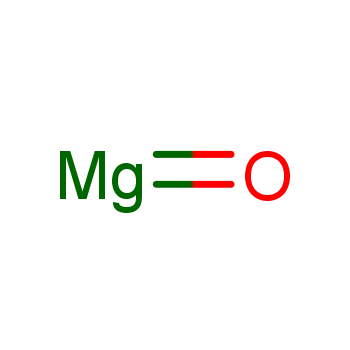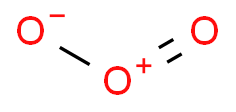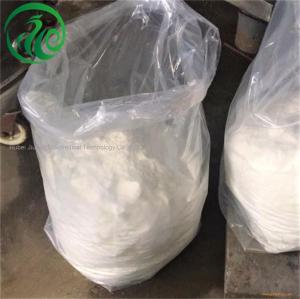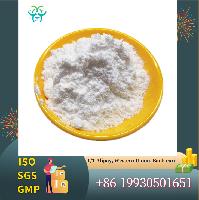-

Magnesium oxide
- CAS:1309-48-4
- MW:40.3044
- MF:MgO
Magnesium oxide (MgO, CAS No: 1309-48-4, MW: 40.3044 g/mol) is an inorganic compound. Magnesium oxide is a white, odorless powder made from magnesium and oxygen. It is widely used in a variety of industries, including construction, agriculture, and pharmaceuticals. In construction, it is used as a fire-resistant material in building products, while in agriculture, it serves as a magnesium supplement for soil and plants.
Magnesium oxide is also used in the production of refractory materials for high-temperature applications, such as steel manufacturing and furnace linings. It has a wide range of other uses, including in electrical insulation, as a laxative in medicine, and as a supplement in dietary products to support bone health. Its high melting point and chemical stability make it useful in many industrial processes.
When handling magnesium oxide, it should be stored in a cool, dry place to maintain its quality. Although generally safe, it is important to use protective equipment, such as gloves and a dust mask, when handling large quantities, as inhalation of dust may cause respiratory irritation. Proper safety protocols should be followed to prevent unnecessary exposure.
View more+ EN
EN






